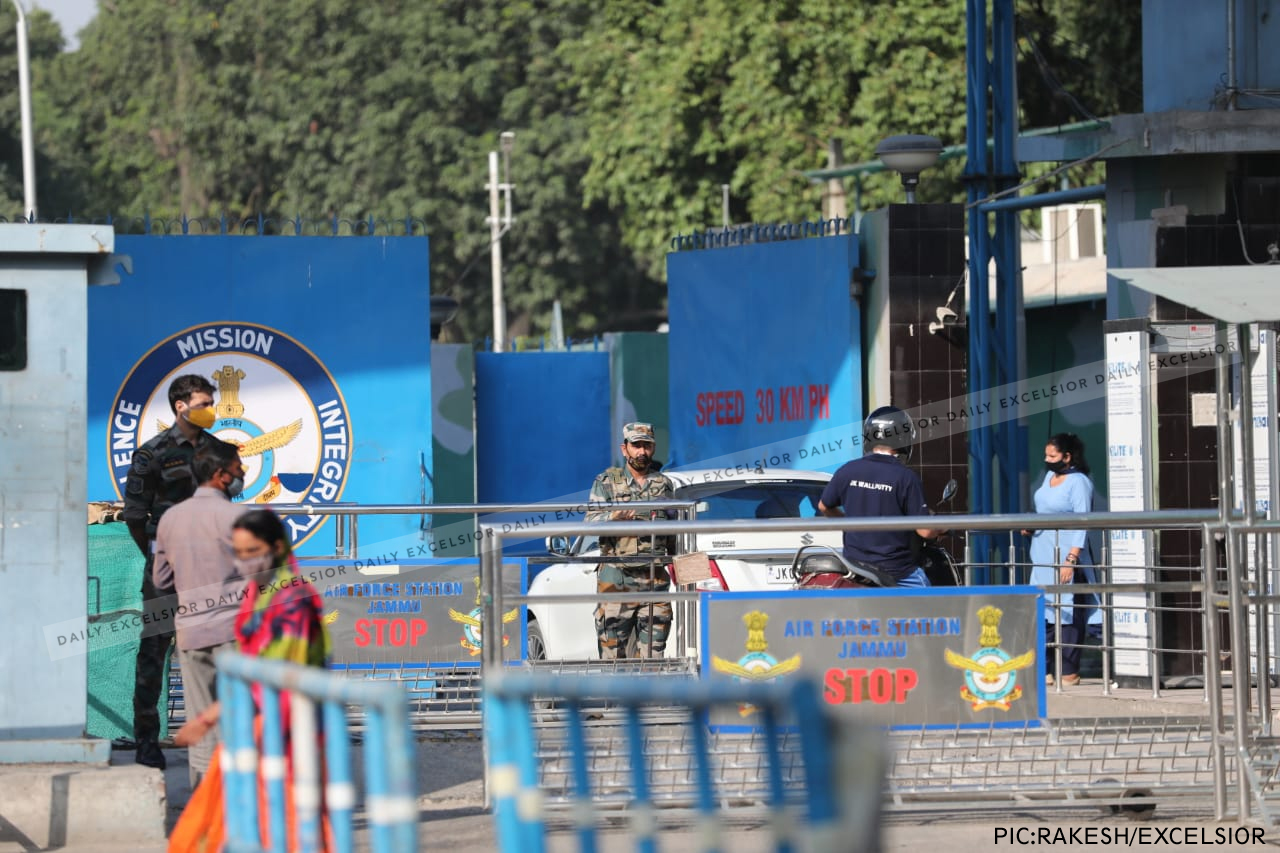AMSTERDAM [NETHERLANDS]: Pakistan at various world platforms has claimed with great verbosity that it wants the welfare and the well-being of the people of Jammu and Kashmir (J-K), but the recent drone attack on a defence installation in Jammu, whose roots are traced to Pakistan and its terrorist proxies, proves just the opposite of its claims.
It was the first ever drone strike by terrorists directed against an Indian military target on June 27 and the attack does not portend well for the prospects of long-term peace and stability in J-K, reported the European Foundation for South Asian Studies (EFSAS).
In fact, it reiterated the view put forth in several EFSAS publications that Pakistan’s real interests in J-K are far removed from the welfare and the well-being of the people of J-K.
Moreover, this lack of empathy of Pakistan for the people of J-K came further to the fore when the Prime Minister of Pakistan-occupied J-K, Raja Farooq Haider Khan recently had very strong words to say about Pakistan’s virtual colonisation of the part of J-K that it forcibly holds, reported EFSAS.
The attack came almost immediately after the successful ice-breaking meeting that Indian Prime Minister Narendra Modi had on June 24th, with all prominent mainstream political leaders of J-K.
It conveyed Pakistan’s discomfiture at the fresh outlook towards rapprochement that has seemingly been adopted by the government in New Delhi.
In Jammu, two Indian Air Force (IAF) officers suffered minor injuries when the drones, carrying explosives, crashed into the IAF station within six minutes of each other.
The Jammu station, located barely ten miles from the border with Pakistan, is a base for India’s Mi-17 helicopters. The explosives were dropped close to the helicopter hangers, but did not cause any damage to them, reported EFSAS.
Dilbag Singh, the Chief of the J-K police, asserted on June 29th that preliminary enquiries had indicated that the Lashkar-e-Taibah (LeT), a known terrorist proxy of the Pakistani intelligence services, had carried out the drone strike.
The attack represented a new threat from Pakistan-backed terror outfits. Given the gravity of the matter, the Indian government soon handed over the probe into the drone incidents to the country’s National Investigation Agency (NIA), reported EFSAS.
Aijaz Hussain in an article in The Diplomat underlined that “Indian authorities in recent years have raised the possibility of drone attacks by terrorists in the region, especially after repeatedly accusing Pakistan of using Chinese-made drones along the frontier to drop weapons packages for militant groups since last year… The (Jammu) incident, if proven to have been carried out by anti-India groups, would mark a major shift in strategy against New Delhi.”
Reports in the Indian media revealed that inputs had been received by Indian intelligence agencies as early as 2019 that the LeT had been attempting drone-based attacks on Indian targets, for which the terror group was modifying drones to carry payloads weighing up to 5 kg. Meanwhile, Pakistan has been using drones since last year to drop off arms and ammunition in J-K and Punjab for its terrorist assets there, reported EFSAS.
The major shift in strategy alluded to by Hussain above also represents a marked escalation in the scope of terrorist violence. The use of drones by terrorists to attack military installations and other targets from the secure comfort of a distant location is a very dangerous trend, not just for South Asia but also beyond.
Those encouraging or embarking in this direction, Pakistan in this case, must be sent the message early on that they were breaching a very dark red line, the consequences of which would be severe.
India took the drone attack with the seriousness that it deserves. At the United Nations General Assembly (UNGA), VSK Kaumudi, a senior official of India’s Ministry of Home Affairs (MHA), stressed at the 2nd High Level Conference of the Head of Counter-Terrorism Agencies of the Member States that “Being a low-cost option and easily available, utilization of these aerial/sub-surface platforms for sinister purposes by terrorist groups such as intelligence collection, weapon/explosives delivery and targeted attacks have become an imminent danger and challenge for security agencies worldwide. The possibility of the use of weaponised drones for terrorist purposes against strategic and commercial assets calls for serious attention by the member States”. (Agency)
Trending Now
E-Paper


